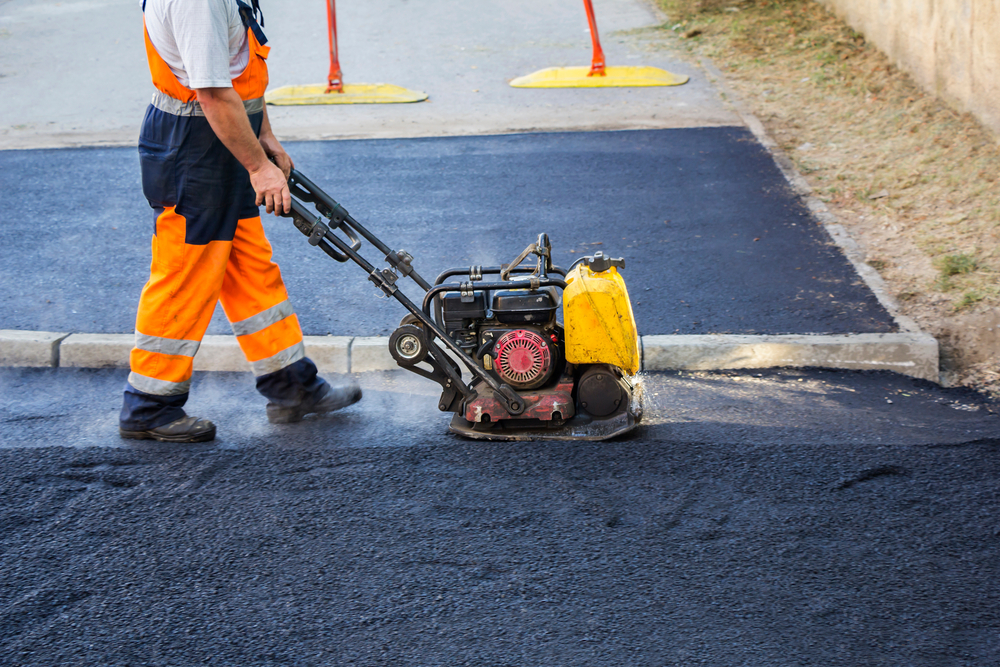What Type of Asphalt Mix is Right for Your Project?
When you are embarking on a paving project, the usual question is whether to go with asphalt or concrete paving. Both have much to recommend them, and the decision will largely come down to what your specific needs are. Concrete is an entirely durable and safe option, which also has a certain environmentally friendly aspect on account of the materials used (which are all-natural). Concrete also blends in well with natural settings.
The great benefit of asphalt, on the other hand, is that it is less prone to cracking and breaking over time. It is probably the more versatile option. It is certainly the better choice for paving over uneven surfaces as it can mold well and fill uneven surfaces, leaving a flat surface on top that car tires can easily grip even in wet, snowy, or icy conditions.
If you decide to go with asphalt as a paving option, the choice doesn’t stop there. There is the fact several kinds of asphalt. Parking Lot Pros, a company out of Dallas, Texas, recommends that it is precisely this diversity in different asphalts that make it the better option for challenging paving jobs.
What is Asphalt?
Asphalt is a synthetic substance, and it is nearly always black in color. Just like concrete, asphalt is made by combining a binder and an aggregate. With asphalt, the binder is usually a black sticky substance known as bitumen, which is a synthetic crude oil-derived substance that is incredibly durable in all weathers. The aggregate is usually a finer substance than is used for concrete, which allows the end product to be smooth and even.
The process of applying asphalt involves laying a coarser aggregate and then pouring a hot binder over this. The asphalt can then fill all the empty spaces in this bed of coarser aggregate and is thereafter pressed tightly into it with a steamroller. After filling all the underlying cavities, a smooth and even layer appears on top.
Different Kinds of Asphalt
Such is the basic method by which asphalt is created and applied. But not all asphalts are the same and many have particular applications that are perfect for specific situations. Here follows some of the main types of asphalt and their relative benefits:
Hot Mix Asphalt (HMA)
This is the most “standard” type of asphalt. Both binding material and the aggregate are heated to extremely high temperatures (usually around three hundred degrees Fahrenheit) and laid down while still very hot. Importantly, this type of asphalt can only be laid in warmer months as cold weather causes the base to cool too quickly, leading to potential cracking.
Warm Mix Asphalt (WMA)
Warm mix asphalt can be considered the best type to be laid down in cooler months while still providing the same benefits. This type of asphalt uses fewer petroleum products in the binder than the hot mix. This type of asphalt can also be hauled over further distances and is actually the more environmentally friendly option, producing fewer fumes and dust.
Cold Mix Asphalt (CMA)
Cold mix asphalt uses an innovative blend of oils and chemicals in the binder mix that allows it to be laid down entirely cold. Cold mix asphalt is still being perfected and can be less strong. However, for smaller paving projects in cold climates, it can be a good option.
So, there are more types of asphalt out there than many might think, and it is the question of temperature which mainly distinguishes them. To pick the right one for your project, becoming informed about them is the necessary first step.







